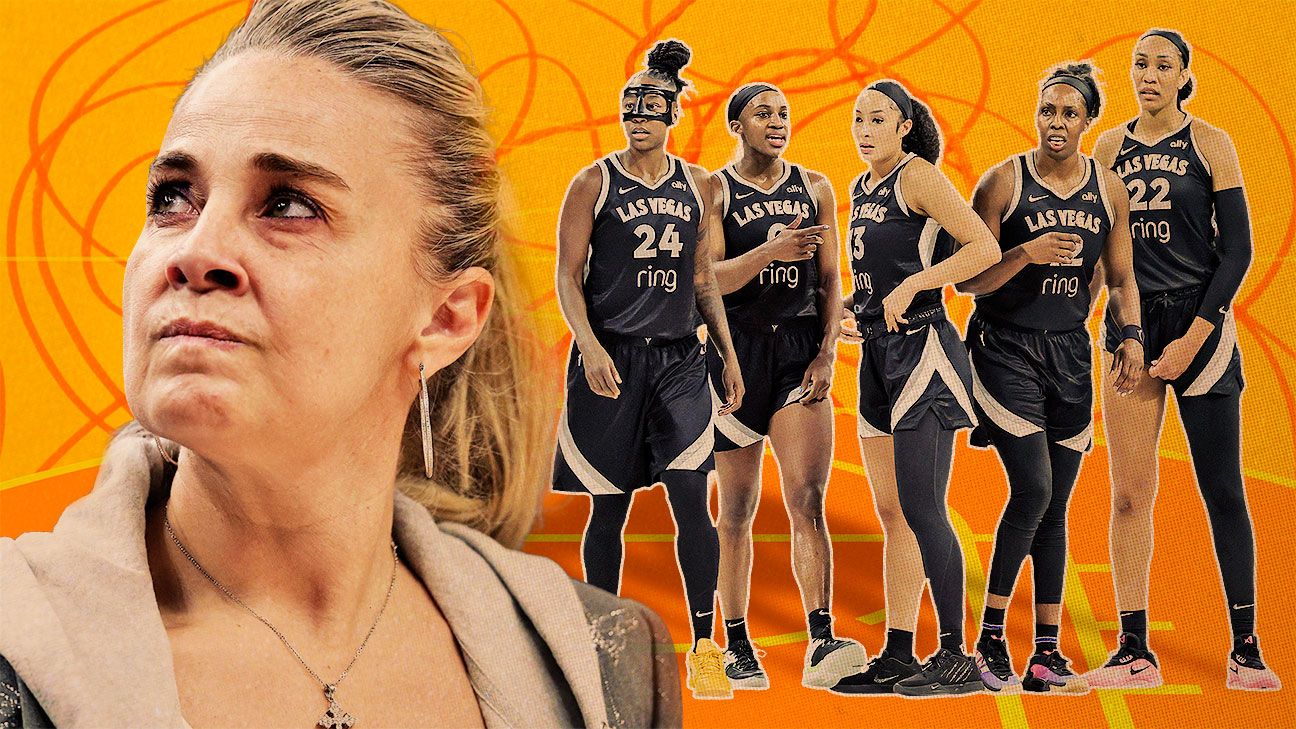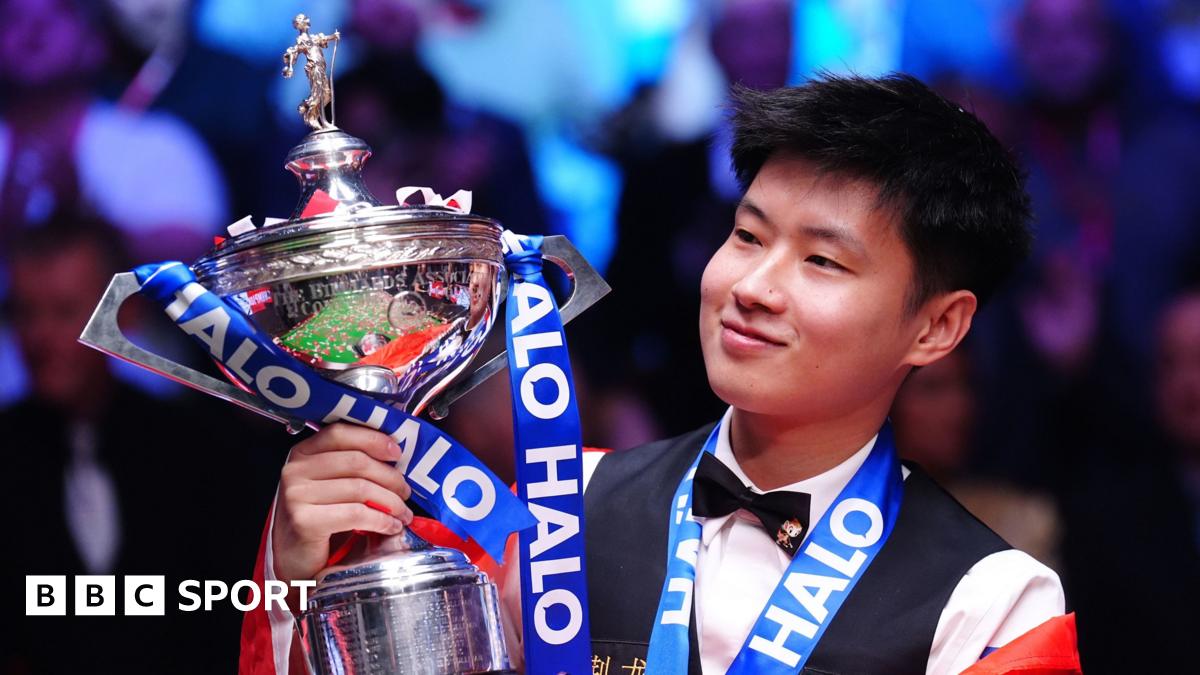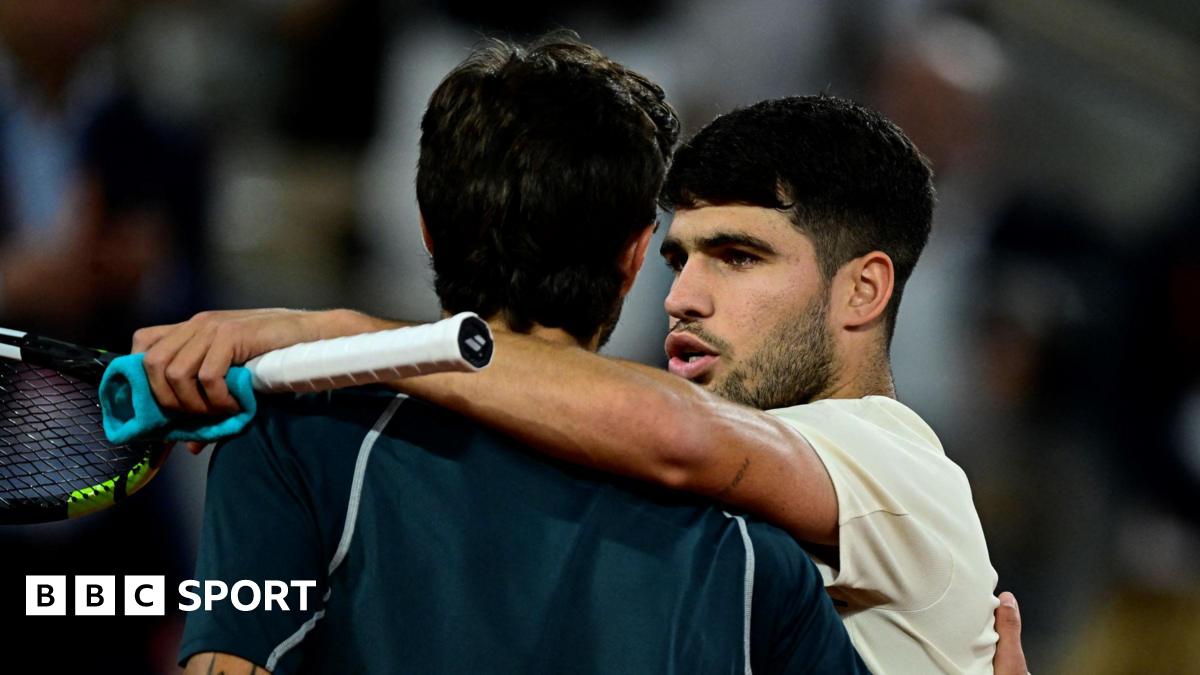play
Which MLB team has the most at stake approaching the trade deadline? (2:07)
Tim Kurkjian breaks down some teams, including the Red Sox after they traded Rafael Devers, that are in the spotlight as we approach the trade deadline. (2:07)

Neil PaineJun 20, 2025, 08:00 AM ET
- Neil Paine writes about sports using data and analytics. Previously, he was Sports Editor at FiveThirtyEight.
Pitching is about keeping hitters guessing -- and about walking the line between overusing certain pitches to the point of predictability and underusing others that have quietly confounded opponents in limited doses. Now more than ever, each MLB pitcher's repertoire is scientifically calibrated, from the shape of the ball's arc as it approaches the plate to the spin it carries and how it looks coming out of the hand. Modern pitchers take their pitch selection as seriously as a Michelin chef planning a gourmet menu.
But even with all of that sophistication, there are inefficiencies in how pitchers deploy their stuff. Many years ago, I dove into the game theory behind pitch selection, and specifically which pitchers were throwing their different pitch types in an optimal way versus those who could stand to tweak their pitch mix a bit to achieve better results.
The thought process went like this: We know from Statcast data how frequently each pitcher throws each type of pitch, and thanks to websites such as FanGraphs, we also know how effective each pitcher's pitches have been at preventing runs. (We now even know how good each pitch should be based on its characteristics, such as velocity, movement, spin and other factors.)
From this data, we can then find cases where there are mismatches between a pitcher's most effective pitches and the ones he uses the most.
Of course, not every pitch can be scaled up without diminishing returns. But in general, pitchers who lean more heavily on their best pitches are likely getting more out of their repertoire than those who don't.
I then developed what I call the Nash Score for pitchers (so named for the Nash equilibrium of Game Theory, which describes a state in which any change in strategy from the current balance would result in less optimal results). Nash Scores work by comparing the runs a pitcher saves with each pitch in his arsenal to the average runs saved by all of his other pitches combined.
Pitchers with low (good) Nash Scores have achieved a close balance in effectiveness between their most-used pitches and the rest of their repertoire, which implies that any change in pitch mix would make them less effective overall. Meanwhile, pitchers who have high (bad) Nash Scores are either using ineffective pitches too much or not using their best pitches enough, suggesting that a reallocation might be needed.
Now is a good time to update Nash Scores for the current era of MLB pitchers.
Let's highlight the top-15 qualified starters and relievers who have achieved the greatest balance according to their Nash Scores over the past three seasons (with recent years weighted more), as well as the 15 who might be leaving performance on the table.
But first, here is a chart showing all qualified MLB pitchers -- using a three-year weighted pitch count -- with their Nash Scores plotted against their Wins Above Replacement:
Explore the full, interactive chart.
Now, let's get to the rankings, starting with the most balanced starters in our sample:
Irvin, Crochet among most optimized starters
Note: Listed rates for pitch types are usage share over the past three seasons and run values per 100 pitches for that pitch, relative to the average for the rest of their pitches combined.
The award for the league's most balanced starter belongs to perhaps an unlikely name: Washington Nationals righty Jake Irvin. Irvin has been an average pitcher at best in his three MLB seasons, with an ERA of 107 (100 is average and lower is better) and a FIP (Fielding Independent Pitching) of 114, and he has never even had 2 WAR in a season yet. But in terms of maximizing his repertoire, the case can be made that no pitcher is getting more out of what he has to work with.
Over the past three seasons (again, with more weight on more recent data), Irvin has almost exclusively used three pitches: four-seam fastball, curve and sinker. Each was within 0.2 runs per 100 pitches of the average of his other offerings, meaning he found the mix where basically all of his pitches are equally effective -- the whole point of this entire exercise.
Now, Irvin has drifted a bit away from equilibrium in 2025, using more of his curve (and less of his fastballs) despite them being more effective, so it's worth keeping an eye on whether he continues to optimize his Nash Score. (Especially since his best-shaped pitch is actually his slider, which he almost never uses!)
Among the rest of the top 15, several other pitchers showed a knack for maximizing their stuff. Garrett Crochet -- the nasty left-hander who broke out last year and was dealt from the Chicago White Sox to the Boston Red Sox -- pairs an elite fastball with an even more dominant cutter (plus a bit of a sinker-slider), giving him one of the game's best (and most equalized) pitch mixes.
Fellow Red Sox hurler Kutter Crawford follows the same template, with similarly effective four-seamers and cutters making the bulk of his repertoire. Others strike the balance differently: Jesus Luzardo and Freddy Peralta use more off-speed stuff, while Ryan Pepiot and Corbin Burnes rely on strong fastballs as their primary pitches -- but only use them about half the time. And then there are guys such as Taj Bradley and Taijuan Walker, who lead with shaky main pitches, but throw them so infrequently that the rest of their pitches help equalize the overall mix.
It's also no surprise to see Tarik Skubal, arguably the best pitcher in baseball, grace a list of hurlers who pick from their arsenals in the most efficient way. What everyone on the list has in common is a pitch selection largely in equilibrium, where effectiveness and usage are closely aligned.
Sewald, Poche among most optimized relievers
You'll likely notice that the top relievers tend to be more optimized (with lower Nash Scores) than the top starters, which is probably an artifact of a few factors: First, relievers usually throw just a couple of pitch types, so it's inherently easier to align usage with effectiveness when there's less to balance. Second, those pitches are often thrown in short bursts at maximum intensity, which allows pitchers to rely more heavily on their strengths without diminishing returns. And finally, relievers don't need to navigate a lineup multiple times, so they can lean on their best pitches more without the same concerns about stamina or predictability that starters face.
That said, some relievers do a better job of balancing than others. Though he has been nursing an injured shoulder since April, Cleveland's Paul Sewald had been the best over the past few seasons -- the two pitches he used 99.7% of the time, a four-seamer and a slider, were both within five hundredths of a run of each other in terms of effectiveness per 100 pitches. The batter knows one is likely coming... but they're both equally tough to hit.
This was a very common theme among the top relievers, too: Each of the next four names on the list (Colin Poche, Tanner Scott, Joe Jimenez and Alexis Díaz), and eight of the top 11, used a version of that same pitch mix, with fastballs and sliders of near-equal effectiveness making up the vast majority of their pitches. Hey, if it works, it works.
But those who bucked the trend are also interesting. Philadelphia's Orion Kerkering, for instance, flipped the tendency and relied mostly on a slider with the four-seamer as a change-of-pace pitch. Milwaukee's Elvis Peguero was exactly 50-50 on sliders and sinkers (though both abandoned him earlier this season, and he has bounced between MLB and AAA), while Nats closer Kyle Finnegan introduces a splitter into the equation -- and there's longtime veteran closer Craig Kimbrel with his knuckle-curve (though it hurt his Nash Score).
Not all of these relievers have been lights out, but many were, serving as great examples of how to stay effective even when hitters have a good guess at what's coming.
Blanco, Kelly among least optimized starters
Now we get into some truly fascinating cases, where it's important to remember that you can still be a great pitcher while still having a deeply strange, and seemingly suboptimal, mix of pitches.
There seem to be a few ways to land on this list: First, and most straightforwardly, you could have a far less effective No. 1 pitch than the rest of your arsenal, meaning you might stand to throw it less and the others more. Both of the top two above, Houston's Ronel Blanco and Arizona's Merrill Kelly, have primary four-seamers that are at least 1.5 runs worse per 100 pitches than their other options, and secondary off-speed pitches that are at least 2.4 runs better than the rest -- classic cases where the Nash Score would suggest bringing them closer to balanced until the difference begins to flatten out.
Then there are cases such as Joe Ryan, Michael Wacha, Dylan Cease, Chris Sale and Michael King, in which their No. 1 option is clearly the best, but they throw other, much less effective pitches nearly as much, reducing the advantage of a dominant primary pitch. Spamming the top choice might lead to diminishing returns, but there's room to give there before it starts being a suboptimal strategy.
And finally, we have the odd case of Paul Skenes -- and Gavin Williams too, but Skenes is more fun to dissect -- in which somehow the primary four-seamer is less effective than the other pitches, and so is the secondary breaking pitch, suggesting the need to dig deeper into the bag more often. But how can you argue that Skenes isn't doing the most he can? He literally leads all pitchers in WAR. The thought he could optimize his stuff even more is terrifying.
Kahnle, Bender among least optimized relievers
Finally, we get to the less-optimal end of the reliever spectrum. And as stable as the opposite side was, with a bunch of guys using their boring fastball-slider combos to carefully record outs, this one contains more varied pitch mixes. Well-represented, for instance, is the phenomenon I found with R.A. Dickey the first time around -- that despite his knuckleball being both his best pitch and the one he used most often, the Nash Score implied he should throw it even more because it was much more effective than the rest of his offerings.
While we don't have any knucklers in the bunch this time, we do have guys such as Detroit Tigers setup man Tommy Kahnle, whose lead pitch is a changeup (not a fastball) so effective that it's nearly four runs per 100 pitches better than the rest of his repertoire. Pitchers who work backwards like this must mix in fastballs to keep hitters honest -- but at the same time, the fastballs are much less valuable that using them slightly less might be good even if it makes the change less effective. (Anthony Bender, Brenan Hanifee, Steven Okert, David Robertson, Greg Weissert and Cade Smith were in this category as well, among others.)
Just as odd were the cases of Ryan Helsley, Justin Lawrence and John Brebbia, whose primary pitches were far less effective than their secondary options, despite each essentially having only two pitches to work with. The numbers might be asking for those hierarchies to be flipped around.
And finally, there are guys such as Kenley Jansen, who spam one solid pitch -- but they don't have much else to work with, so any deviation worsens performance, even if the Nash Score still dings them for imbalance.
In the end, no metric -- not even one rooted in Game Theory -- can capture the full complexity of pitching. But Nash Scores do give us a window into something that's often hard to pin down: How much a pitcher gets out of what they're working with, and whether they're winning the rock-paper-scissors aspect of the batter-pitcher showdown.
Some get the most out of average stuff through smarter allocation. Others leave value on the table despite electric arsenals. In either case, the path to better performance might be as simple (or difficult) as throwing the right pitch at the right moment just a little more often.

















































